Lawn mower carburetor needs to be well maintained to ensure that the mower is well maintained at all times. Periodically, carburetors become dull and dirty, and may develop deposits from the fuel that hampers the performance of the engine. Learning how to clean lawn mower carburetor can save you time, money, and frustration. This comprehensive guide will lead you step by step on all you want to know about the carburetor, starting with where it is located in your car and how you can clean it to make it work as effectively as possible.
Where is Carburetor on Lawn Mower?
If you are not sure where the carburetor on a lawn mower is found, don’t panic, it is a frequently asked question. The carburetor lawn mower is usually located close to the engine most often connected to the air intake system.
Here’s how to find it:
Inspect the air filter housing: Most lawn mowers have an air filter housed on the side of the engine. Look for a plastic or metal cover secured with screws.
Identify the carburetor: The carburetor is located directly behind the air filter. It’s a small metal device connected to the fuel line and throttle linkage.
Spot key components: You’ll notice screws, linkages, and sometimes a float bowl attached to the bottom of the carburetor.
Knowing where the carburetor is on a lawn mower is crucial before diving into maintenance or cleaning tasks.
What Does a Lawn Mower Carburetor Do?
The lawn mower carburetor is a critical engine component responsible for mixing air and fuel in precise proportions for combustion. Its role ensures the engine runs smoothly, providing consistent power to cut grass efficiently.
Here’s a breakdown of its key functions:
Mixing air and fuel: The carburetor regulates the air-fuel mixture entering the engine. Too much air (lean mixture) or too much fuel (rich mixture) can cause engine issues.
Regulating engine speed: The throttle linkage on the carburetor controls how much air and fuel enter the engine, affecting speed and power.
Starting the mower: A clogged or malfunctioning carburetor can make it difficult—or impossible—to start the engine.
Without a properly functioning carburetor lawn mower, you’ll likely experience poor engine performance, stalling, or sputtering.
Before You Begin Cleaning a Carburetor on a Lawn Mower
Cleaning a carburetor on a lawn mower requires preparation to ensure safety and effectiveness. Here’s what you should do before you start:
Turn off the mower: Ensure the engine is completely off and cool to avoid burns or accidents.
Disconnect the spark plug: This step prevents the engine from accidentally starting during maintenance.
Drain the fuel: Empty the fuel tank to prevent spills or leaks. You can use a siphon or remove the fuel line carefully.
Gather tools and supplies: You’ll need basic tools like screwdrivers, a wrench, gloves, a cleaning brush, and a lawn mower carburetor cleaner.
Work in a well-ventilated area: Cleaning involves chemicals, so ensure you’re in an open or ventilated space to avoid inhaling fumes.
Preparing thoroughly sets the stage for successful and efficient lawn mower carburetor cleaning.
How to Clean a Lawn Mower Carburetor
When your engine performance declines, cleaning the lawn mower carburetor may be necessary. Follow this step-by-step guide to thoroughly clean the carburetor:
Step 1: Remove the Carburetor
Locate the carburetor: Refer to the earlier section to identify the carburetor’s location.
Detach the air filter housing: Unscrew the air filter cover and remove the filter to access the carburetor.
Disconnect fuel and throttle lines: Carefully detach these lines using a wrench or pliers. Use a container to catch any leaking fuel.
Unscrew the carburetor: Remove the mounting bolts to detach the carburetor from the engine.
Step 2: Disassemble the Carburetor
Inspect parts: Take note of how components like screws, gaskets, and springs are arranged for reassembly.
Remove the float bowl: Unscrew the bowl to expose the interior of the carburetor.
Clean with carburetor cleaner: Spray all components with a lawn mower carburetor cleaner to dissolve dirt and fuel deposits.
Brush stubborn residue: Use a soft brush to scrub areas with heavy buildup.
Step 3: Reassemble and Reattach
Dry all components: Allow cleaned parts to air dry completely.
Reassemble the carburetor: Align parts correctly and ensure gaskets are in place.
Reattach to the mower: Secure the carburetor back onto the engine, reconnect fuel and throttle lines, and replace the air filter housing.
By following these steps, you’ll achieve a deep clean that restores your carburetor’s functionality.
Struggling with a clogged lawn mower carburetor? Discover premium replacement parts at WholeToolbox, including carburetors, auger assembly, belts, batteries and more. From lawn mowers to power tools, we provide durable solutions to keep your equipment in peak condition. Explore our extensive collection and get back to hassle-free mowing!
How to Clean a Lawn Mower Carburetor Without Removing It from the Machine
If you’re short on time or dealing with minor issues, you can clean the carburetor lawn mower without removing it. This approach is less thorough but can address smaller clogs:
Access the carburetor: Remove the air filter to expose the carburetor.
Spray carburetor cleaner: Use a lawn mower carburetor cleaner to spray directly into the carburetor throat while the engine is off.
Start the engine: Turn on the mower and let it run for a few minutes to allow the cleaner to circulate.
Repeat as needed: Perform additional sprays while the engine runs to clear stubborn debris.
This method is an effective stopgap for maintaining carburetor performance between deep cleanings.
How Often Should I Clean a Lawn Mower Carburetor?
Regular maintenance is key to a long-lasting carburetor lawn mower. Cleaning frequency depends on usage and environmental conditions:
End-of-season cleaning: Clean the carburetor at the end of the mowing season to prepare it for storage.
Heavy use: If you mow frequently, clean the carburetor every three months.
Visible issues: If the engine sputters, stalls, or struggles to start, clean the carburetor immediately.
Consistent lawn mower carburetor cleaning prevents clogs, ensures smooth operation, and extends the life of your mower.
Conclusion
A clean and functional lawn mower carburetor is essential for optimal mower performance. Whether you opt for a thorough disassembly or a quick clean without removal, following these steps ensures your mower runs efficiently. Regular maintenance not only saves money on repairs but also enhances the longevity of your machine.
FAQs
How do I know if my lawn mower carburetor is clogged?
Signs of a clogged carburetor include difficulty starting the engine, sputtering, loss of power, and unusual fuel consumption. If you notice these symptoms, a thorough cleaning may be required.
Can you spray carb cleaner directly into a carb lawn mower?
Yes, you can spray carburetor cleaner directly into the throat of the carburetor. This is especially helpful for clearing minor clogs without removing the carburetor.
What are the symptoms of a dirty carburetor?
A dirty carburetor may cause rough idling, stalling, backfiring, or difficulty starting the mower. These issues arise from improper air-fuel mixtures caused by blockages.
How to use a carburetor cleaner on a lawn mower?
Remove the air filter to expose the carburetor, spray the cleaner into the throat, and let it work for a few minutes. Start the engine to circulate the cleaner and repeat as necessary.


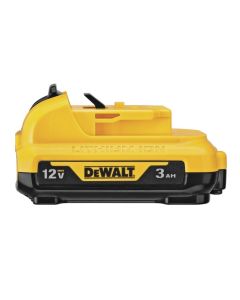
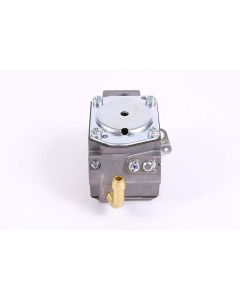
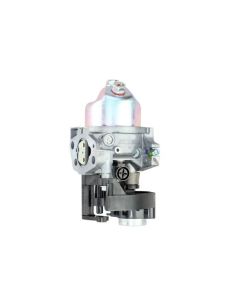
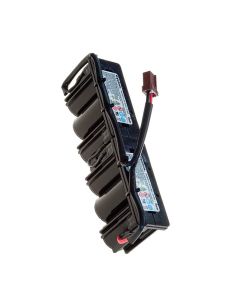
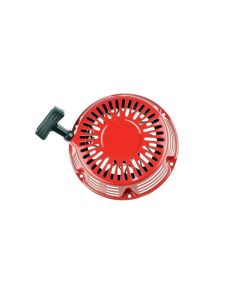


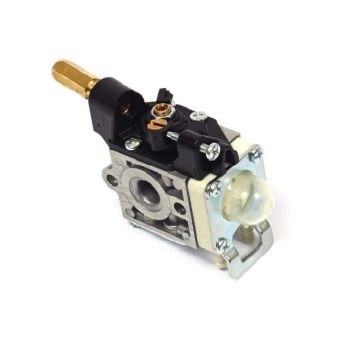

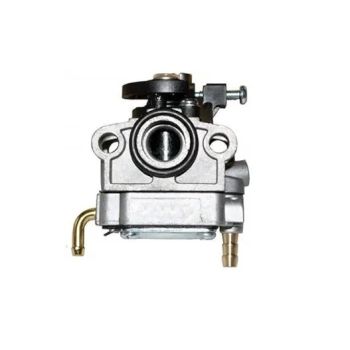






Validate your login